Beyond Gaza lies a greater threat to Israel’s security: Iran and its proxies.
On Wednesday, Israel shot down a Syrian drone that flew 10 kilometers into Israeli airspace.
This comes as tensions along the Syria-Israel border have been tense as Syrian government forces, backed by Hezbollah militants, Iranian-affiliated forces, and Russian air power, have sought to recapture the area in southern Syria held by rebel forces.
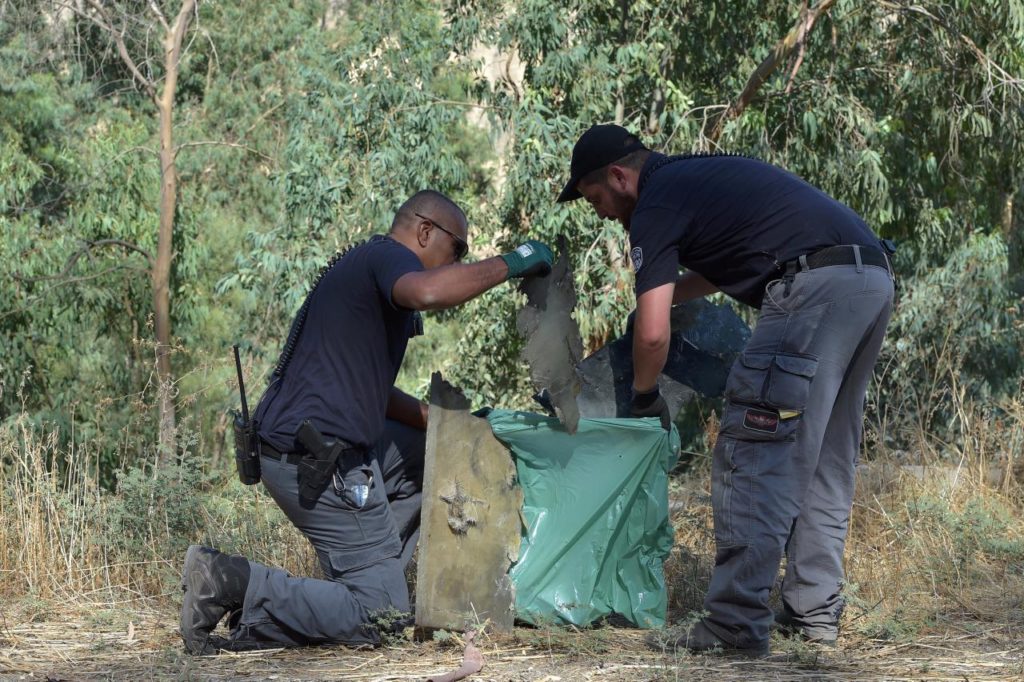
Israeli officials have warned that they will not tolerate a Syrian military presence in the demilitarized buffer zone between the two countries established in the 1974 Separation of Forces Agreement.
While so much attention is focused on the threat to Israel’s sovereignty posed by the terrorist-run Gaza strip, there is a more imminent and grave threat at the Northern front that is often overlooked. With its own forces in embattled Syria and proxy forces in Lebanon, Iran is the chief threat to Israel’s security.
Iran’s largest agent for infringing Israeli sovereignty, Hezbollah, is perhaps the most concerning threat to the Jewish State.
Hezbollah is a US-designated Shiite terrorist group based in Lebanon It maintains a military force stronger than that of the Lebanese state of which it maintains de-facto control. The group’s forces possess the world’s most advanced armed capabilities of any non-state actor.
On July 12, 2006 the Second Lebanon War began between the Israel Defense Forces (IDF) and Hezbollah terrorist forces. The month-long conflict was sparked by a cross-border raid in which Hezbollah killed eight IDF soldiers and abducted two others. The war led to heavy losses on both sides.
In Israel, this war is often viewed as a mess and is judged as having achieved inconclusive results in weakening Hezbollah in the long term. Today, exactly twelve years after the conflict, Hezbollah has amassed more than ten times the amount of weapons it had leading up to the war just twelve years ago.
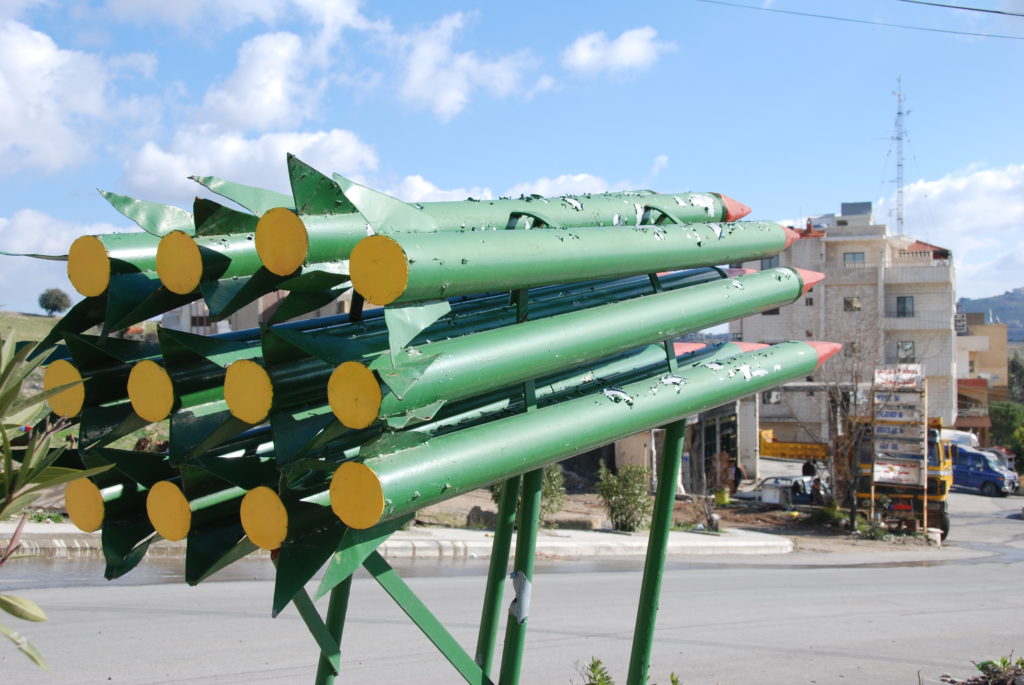
Hezbollah, as a proxy of the fundamentalist Iranian regime, receives up to $800 million from the world’s leading state-sponsor of terror by some estimates. The Lebanese terror group and Iran share the same hell-bent disposition on the destruction of Israel. Hezbollah believes that the “struggle will end only when this [Zionist] entity is obliterated.”
And with Israeli estimates seeing as many as 150,000 missiles aimed at Israel, stationed at the Lebanon-Israel border, the grave threat Hezbollah poses to Israel’s existence cannot be understated.
The rocket threat from the Gaza Strip can be considered somewhat manageable when considering the threat Hezbollah poses. In a future conflict with this well-equipped terror group, IDF officials estimate that up to 1,500 rockets could be fired toward Israel per day.
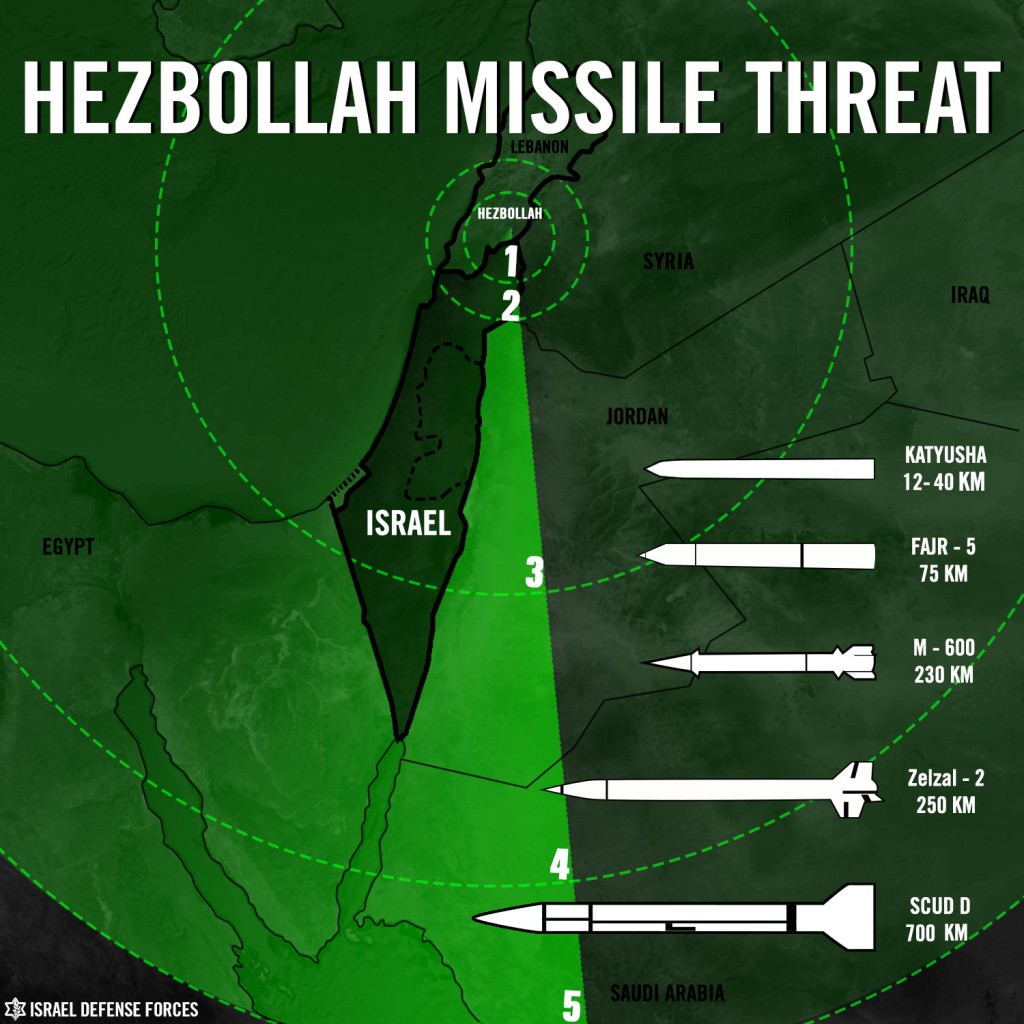
“A blitz of attack,” as Maj. Gen. Eyal Eisenberg of the IDF calls it, would likely overwhelm Israel’s defense systems. Systems like the Iron Dome which operate with high success in the Gaza envelope would not neutralize the threat from the North. And unlike Hamas, Hezbollah’s missiles are estimated to cover the entire area of Israel and with precision.
In a future ground conflict with Israel, Hezbollah is expected to continue its use of human shields. The Shiite group used these tactics twelve years ago during the Second Lebanon War to deter Israeli counterattacks that would invariably cause civilian casualties and create a global media frenzy. The IDF estimates that Hezbollah weaponry is shielded by some 200 Lebanese villages.
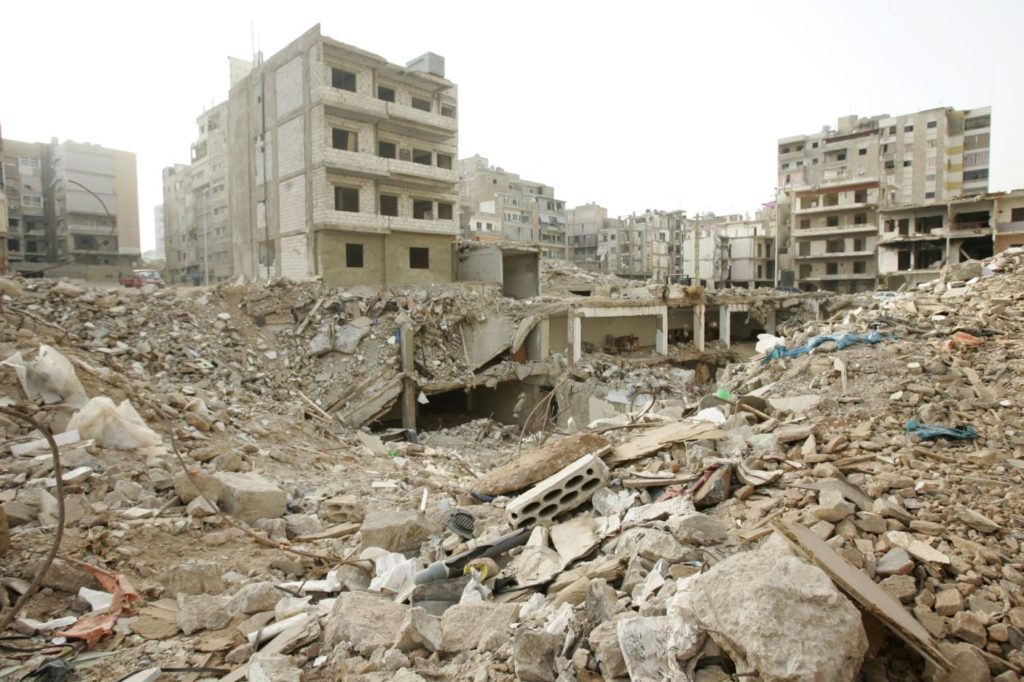
Hezbollah intentionally puts innocent civilians in the line of fire to protect its tools of terror.
These tactics are alarmingly similar to Hamas’ strategy, which of late has consisted of staged deaths and so-called “peaceful protests” that are nothing of the sort. Hezbollah is notorious for systematically embedding militants and weapons within dense civilian population centers. This intentional use of civilians as shields naturally leads to unavoidable civilian casualties. Like Hamas, Hezbollah does not care for the civilians under their control.
Tensions between Israel and the terror group are brewing, as the Syrian Civil War, in which Hezbollah militants were deeply entrenched, simmers down and shifts the focus of the group to its arguably most pressing concern–the Zionist entity.
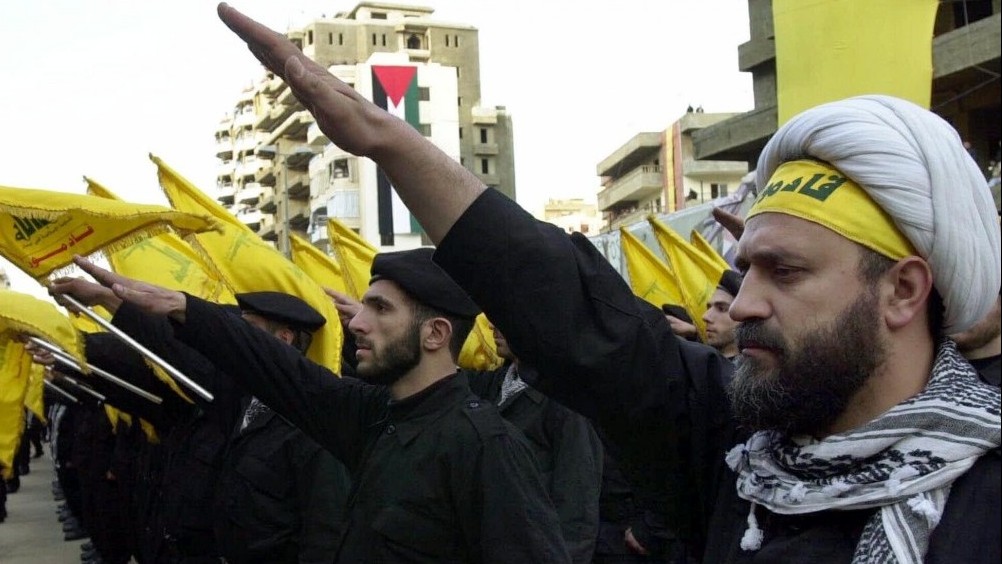
Additionally, Iran further entrenches its own forces in Syria and commits acts of aggression to provoke Israel. In February 2018, Israel shot down a Hezbollah Iranian-supplied drone that had entered Israeli airspace.
Iran and its leaders have clarified their goal to wipe Israel, or “the cancerous tumour,” off the map. In April 2018, Israeli PM Netanyahu publicly revealed intelligence which exposed Iran’s previously unknown and undisclosed ambitions to acquire nuclear weapons. Therefore, Israel’s dislike for the JCPOA, or Iran Deal, which it says paves the way for world’s leading state sponsor of terror to acquire nuclear weapons, is no surprise.
Our stance against Israel is the same stance we have always taken. #Israel is a malignant cancerous tumor in the West Asian region that has to be removed and eradicated: it is possible and it will happen. 7/31/91#GreatReturnMarch
— Khamenei.ir (@khamenei_ir) June 3, 2018
A future conflict between Israel and… Hezbollah has been described by experts as “when, not if.”
Iran’s provocations in the region by way of ultra-armed proxies such as Hezbollah are Israel’s prime threat to national security. Iran’s quest for hegemony which threatens regional stability is why former enemies are warming up to the Jewish State and why the world’s leading power, the United States, is standing up to Iran’s malice.
Contributed by CAMERA intern Joshua Gannon.
